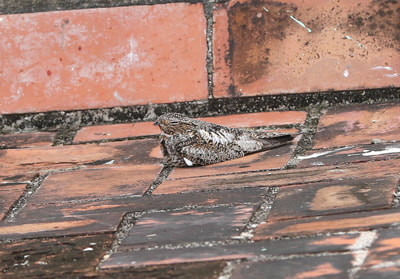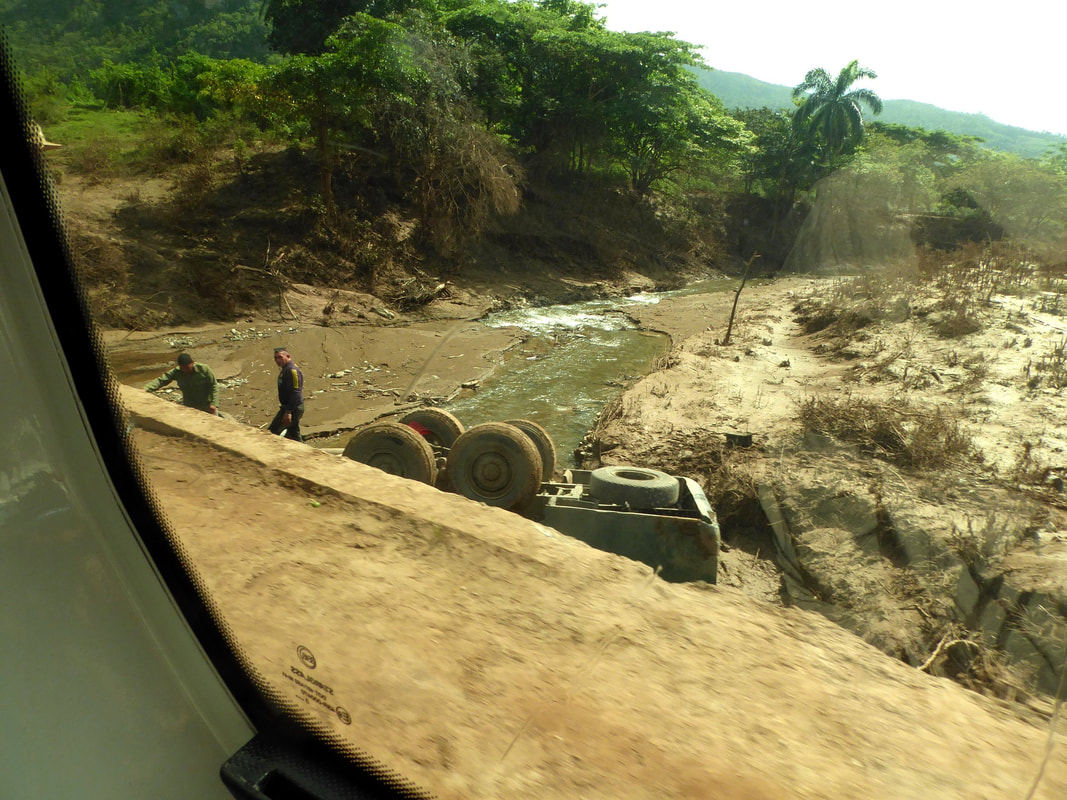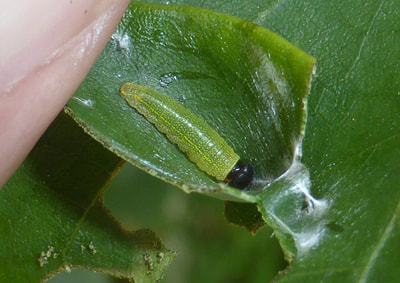 Double-crested Cormorant 11 Jun 2018 Hanabanilla © Tim Norriss
Double-crested Cormorant 11 Jun 2018 Hanabanilla © Tim Norriss Well it has taken me a few hours of finding and reading papers and descriptions (there are only a couple of poor quality pictures on the internet) and I have finally found the answer. After going through the list of Cuban anoles alphabetically and ruling each one out I came across Black-shouldered Anole Anolis spectrum which seemed similar structurally but is only found further to the west. There are about a dozen small species that occur in grass and bush habitats and these are placed in four species groups: alutaceus, clivicola, cyanopleurus, and spectrum (Burnell and Hedges, 1990). The spectrum group comprises A. spectrum and A. vanidicus, and vanidicus is found in the Escambray mountains. So it is an Escambray Grass Anole Anolis vanidicus. And we saw another the next day so I have included the picture of that too. And it occurs only here in the Escambray mountains - and nowhere else on the planet!



































 RSS Feed
RSS Feed